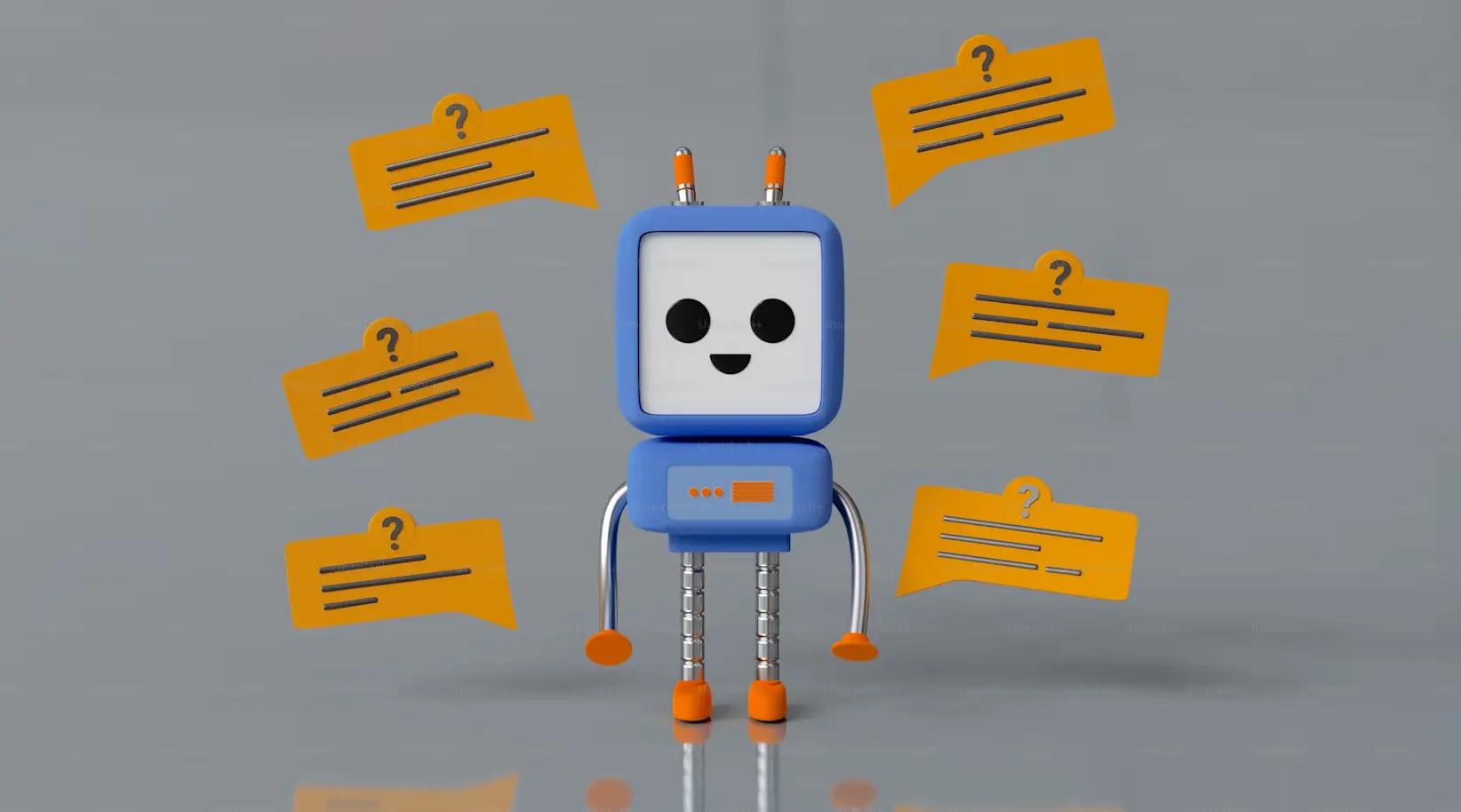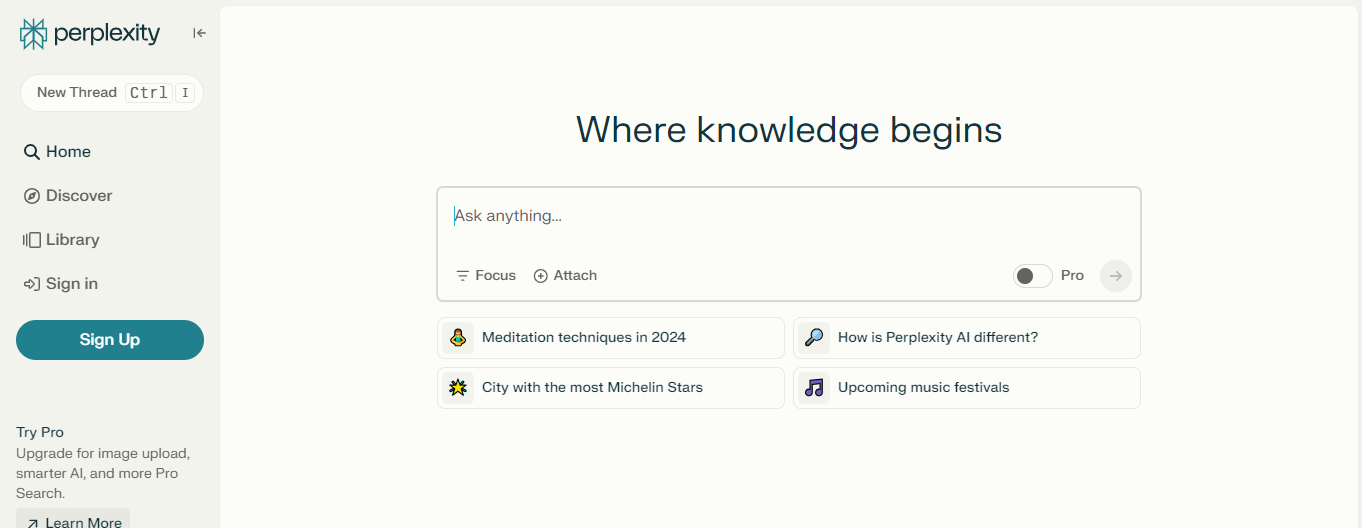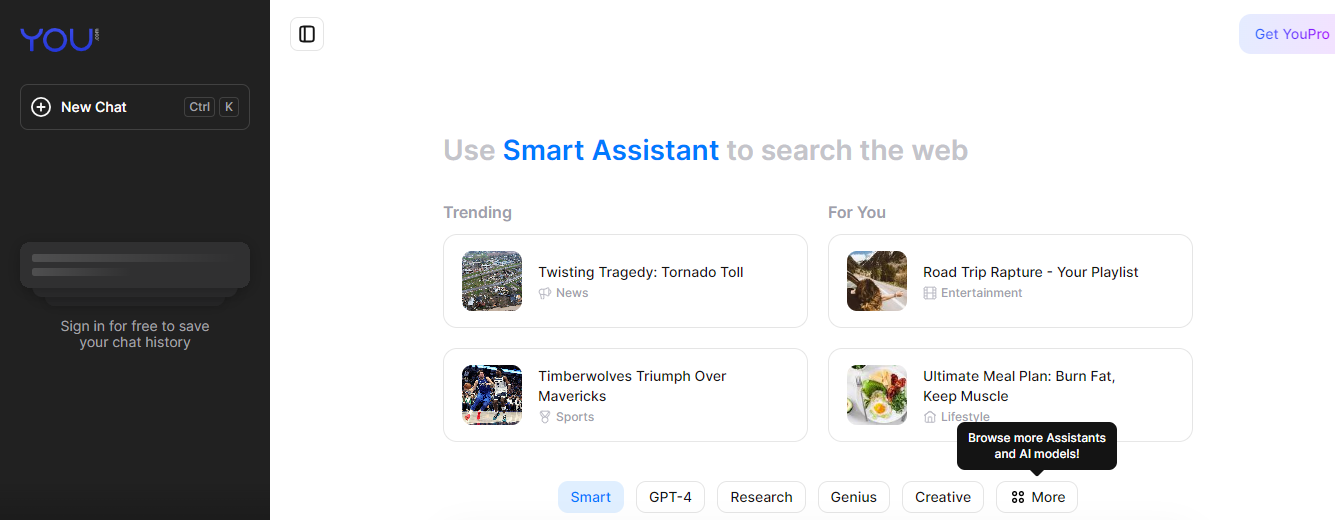Five - AI trends in Ecommerce Industry

Introduction#
What is that?
Is artificial intelligence (AI) not going to replace humans in the workforce? Isn't it smarter than humans? And Skynet will not attempt to subjugate humanity, entrusting John Connor with the future of our species?
Dang. Then, we might as well consider how to deal with it, especially in e-commerce.
In actuality, technology is already having a significant influence, whether it is in the form of better demand forecasting for businesses or customer experience-enhancing product recommendations.
And the impact is just going to get bigger for the rest of 2024. These are the top 5 trends you should investigate to outperform your rivals.
1. The era of Low-code and no-code AI#
In case you are unaware of the "democratization" of technology, let me give you the lowdown:
When a new technology is developed, it is initially exclusive to the technical sector. For instance, in the late 1930s, the US Navy deployed the first digital computers on board its submarines.
It took more than 30 years to democratize that technology, or to make it accessible to the average person. Personal computers were first made widely available in 1974.
AI has experienced the same thing. However, low-code/no-code systems are intended to open it.
They achieve this by enabling developers and even non-techies to design their own AI systems through the use of straightforward interfaces.
2. Forecasting demands#
It may seem easy to estimate how much material you'll need, but it's not.
Furthermore, making a mistake can have disastrous effects on many kinds of enterprises. Let's take an example where one item from your store costs $50. You place an order for 1,000 units, but you only sell 500. That is dead stock worth $25,000.
Do not fret. AI-powered demand forecasting can be beneficial to you.
It will help you anticipate the stock you need better because it will provide you a far better understanding of the market factors that may affect the buying path of your audience.
You can then reinvest the additional money in your account to build your business more quickly.
3. Recommender systems#
Have you ever wondered why, when you're shopping for a new hairdryer, Amazon doesn't advise you to purchase a kazoo?
The reason behind this is that AI uses big data to identify the purpose of your search and compiles similar users' purchasing decisions. Thus, in addition to a comb and styling lotion, you could also desire a hairdryer.
You may gain from this by putting in place a recommender system in your e-commerce business, which will raise both the average order value and the quantity of products you sell.
In the meantime, your clients enjoy a smoother user experience, which increases client retention.
4. Autonomous product tagging#
You've put up your online store's website or developed an app. I take it that you're ready to kick back?
Erroneous.
Your clients may not be able to find everything on your website, even if you are aware of it. especially if you haven't added any tags to any of your products.
However, the hassle of carrying out this task by hand is simply intolerable. Fortunately, AI can be useful.
You may organize your product catalogues more effectively and facilitate site searches with automatic product labeling.
5. Augmented reality#
Augmented reality (AR) is too enormous to ignore, even though it's not strictly AI. particularly for the e-commerce industry.
This is due to its ability to support clients in making wiser selections.
Assume you are a furniture vendor. Once a buyer visits your actual business, they can be persuaded that the sofas you sell are cozy. They still haven't decided whether to get it in green or blue, though, so they're not ready to buy.
AR would assist people overcome this obstacle by allowing them to see how the sofa would appear in their living room and aiding in decision-making.
Numerous things, such as apparel, accessories, makeup, and more, could go through the same procedure.
Finally, though
Conclusion#
One thing is certain:
Regardless of how you apply AI to your e-commerce firm, it will improve consumer satisfaction, save you time, and boost your earnings. Plus, starting doesn't require you to be an expert in technology.
Therefore, there's no reason why it shouldn't be put into practice before the end of the year.












